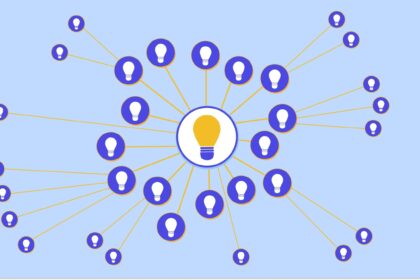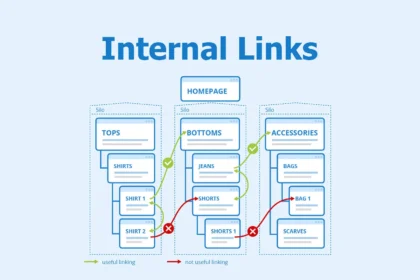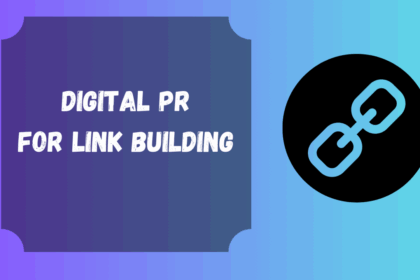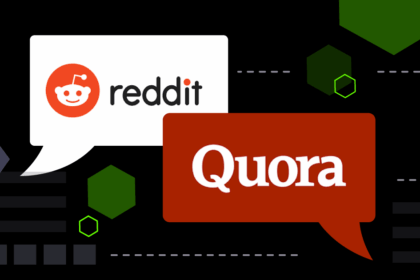In the ever-shifting world of search engine optimization, the debate between white hat and grey hat SEO tactics continues to evolve. As Google’s algorithms grow more sophisticated and AI-driven, the distinction between acceptable and risky tactics has become both clearer and blurrier, depending on how you look at it.
In 2025, what’s considered safe, effective, or dangerous in SEO isn’t just about following the rules—it’s about understanding how search engines interpret behavior, and how much risk your business is willing to take. So what still works? What’s changed? And where should you draw the line?
Let’s break it down.
Understanding the Terms: White Hat vs. Grey Hat SEO
White Hat SEO

White hat SEO refers to strategies that align strictly with Google’s Webmaster Guidelines. These methods are ethical, sustainable, and focused on long-term success through value-driven content and user experience.
Examples include:
- Creating high-quality, original content
- Using proper on-page SEO (titles, meta descriptions, structured data)
- Building backlinks organically through outreach or PR
- Optimizing for mobile and Core Web Vitals
- Improving site architecture and user engagement
White hat SEO is low-risk and ideal for brands that prioritize reputation, long-term growth, and compliance.
Grey Hat SEO

Grey hat SEO lives in the murky middle ground. These are tactics that aren’t explicitly forbidden by search engines but may push the boundaries or manipulate ranking factors in ways Google might penalize in the future.
Examples include:
- Aggressive internal linking for rankings
- Buying expired domains and redirecting them
- Using AI-generated content with light human editing
- Paying for “editorial” backlinks without proper disclosure
- Scaling content with programmatic templates
Grey hat SEO isn’t illegal—but it’s a gamble. If done carefully, it can accelerate growth. If detected or abused, it can lead to penalties.
What Still Works in 2025?
Let’s look at tactics from both approaches that remain effective in today’s SEO environment.
✅ White Hat Tactics That Still Deliver Results

1. Content That Matches Search Intent
Google’s algorithms are now better than ever at understanding searcher intent—especially with natural language models like MUM and Gemini influencing results. In 2025, content that satisfies the intent behind a query ranks better than content that just matches the keywords.
- Works best for: Informational, navigational, and transactional queries.
- Tools to use: Surfer SEO, Clearscope, MarketMuse for intent-aligned optimization.
2. Entity-Based SEO and Semantic Search
Using entities (people, places, things) and structured data to clarify the meaning and relationships in your content is now essential. It helps search engines connect your pages to broader topics and search queries.
- Schema markup, FAQ blocks, and About/Author pages are all still strong white hat strategies.
- Linking to authoritative sources and clearly defining topical clusters also supports semantic SEO.
3. Topical Authority and Content Hubs
Rather than chasing isolated keywords, sites that build depth and breadth around a topic area see better rankings. This aligns perfectly with white hat best practices and positions your site as an authority.
- Pillar pages + supporting content = winning internal architecture.
4. Natural Link Building via PR and Outreach
Earned media remains one of the most effective and safest ways to get quality backlinks. HARO (or its successors), thought leadership, and original data/research are still strong tactics in 2025.
⚠️ Grey Hat Tactics That Still Work (But with Caveats)

1. AI-Generated Content
AI-written content, especially with GPT-4, Claude, and similar tools, is widely used. While Google doesn’t ban AI content per se, it penalizes low-quality or spammy content, regardless of the source.
- What works: AI-assisted content with human editing, fact-checking, and added value.
- What’s risky: Mass-publishing unedited AI text, especially in YMYL (Your Money, Your Life) niches.
Tip: Focus on quality, not just quantity. Blend AI with human insights.
2. Expired Domain Redirects
Redirecting expired domains with solid backlink profiles to your site can still pass authority and rankings—if done carefully and thematically.
- What works: Redirecting niche-relevant domains with clean histories.
- What’s risky: Buying random expired domains just for backlinks, or redirecting too many domains at once.
Pro tip: Always check the domain’s backlink history using tools like Ahrefs or Majestic before redirecting.
3. Private Blog Networks (PBNs) – With Major Disclaimers
Some SEOs still use well-maintained PBNs to pass link juice. The more “real” these sites appear (updated content, clean link profiles, natural outbound linking), the less risky they are—but it’s still a grey tactic with real potential for penalties.
- Still works in some niches but not recommended for serious brands or businesses with long-term goals.
4. Guest Post Exchanges
Trading guest posts with other websites remains popular. While technically within the rules, if it becomes link-for-link or is used for pure SEO value without genuine editorial standards, it becomes risky.
- Keep it organic, add real value, and avoid obvious footprints.
What No Longer Works (or Is Just Too Risky)
- Keyword stuffing: Google’s semantic understanding makes this obsolete.
- Spun or duplicate content: Easily detected by modern algorithms.
- Low-quality directory or comment links: Offers little value and risks penalties.
- Fake reviews or testimonials: Especially harmful for local SEO and product pages.
- Automated link building tools: Too detectable in 2025’s algorithmic landscape.
So, Where Should You Stand?
The best approach in 2025 is strategic SEO that blends white hat fundamentals with cautious, data-informed experimentation. You don’t have to play it completely safe, but you also shouldn’t jeopardize your domain’s long-term health for short-term wins.
Safe Hybrid Strategy:
- Use AI for drafting content → edit thoroughly for human tone + accuracy.
- Earn natural backlinks → supplement with carefully placed guest posts.
- Build topical hubs with strong internal linking → update and prune outdated content regularly.
- Maintain clean site architecture → test new ideas in low-risk areas before scaling.
Conclusion
In 2025, SEO is no longer black and white—it’s a spectrum. White hat strategies remain the foundation for sustainable growth, but smart grey hat tactics, when used responsibly, can give you a competitive edge.
The key is to understand the risks, monitor results, and adapt quickly. With Google’s AI models analyzing user intent, engagement, and content quality at an increasingly sophisticated level, ethical and strategic SEO is the real goldmine.
Play smart. Build authority. And don’t ignore the nuance—because in 2025, that’s where SEO wins are made.






